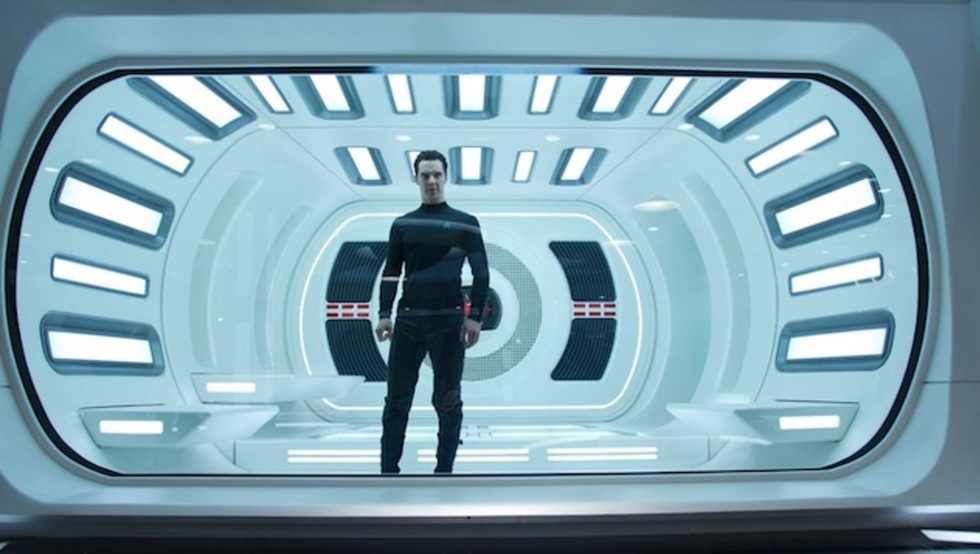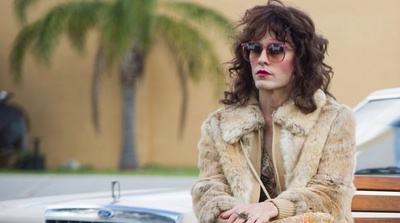
BY RON MWANGAGUHUNGA |
Kodak, Like Apple, Should Stop Trying to Prove It's Still Cool
Kodak's list of recent movies shot on Kodak film might be protesting too much. Here's why it reminds me a little of those new Apple ads.

Recently, Kodak put up a list titled Tired of Hearing Film is Dead? on the company's site, which shows a catalogue of hypercool television and movie productions shot on Kodak stock. The list, which features content from 2012-2013, reminds us a lot of Apple’s new “We’re still cool” ad campaign (note: not the official name of the ad campaign). Apple – which is going through its own internal disarray post-Steve Jobs – appears to be suffering from a bit of a midlife crisis. The "Tired of Hearing Film is Dead?" list feels like a corporate midlife crisis as well. What does Kodak, a company a century and a half years in the making, need by proximity to True Blood?
Kodak, so far, has survived the biggest disruption – digital film – in over a century.
The company historically dedicated to communicating with light and shadows may have stumbled by posting that list, but Kodak has actually been solid. In 1896, they marketed the first film coated especially for motion picture use. This past July 12 was George Eastman’s 159th birthday as well as International Kodak Film Discovery Day (IKFDD). Recently Kodak has stressed the idea of “ Choices.” I really like that marketing approach because it captured the moment perfectly and with optimism ( as well as infographics), conveying a sense of certainty in the excellence of their product. The campaign was the perfect way to emerge from the traumatic disruption of digital film. What happened to that campaign?
Is film still going strong? Kodak actually is coming back. A year and a half ago they were a punchline. Last week, the London-based research firm YouGov ranked Eastman Kodak as one of the top 10 most improved companies so far of this year. In June Kodak reached a final agreement with 20th Century Fox to supply motion picture film to their television and film studios. That particular deal marked the sixth major Hollywood contract completed (Walt Disney Co, NBC Universal Inc., Paramount, Warner Bros. Entertainment and Sony Pictures) in the last year.
Further, Kodak expects to be out of bankruptcy by September. And remember those crisp interior shots of the Enterprise in Star Trek Into the Darkness? Kodak Vision3 200T Color Negative Film 5213 and 5219 played a large role in creating the visually arresting look of the film. Kodak, so far, has survived the biggest disruption – digital film – in over a century.
Both Kodak and Apple provide elegant tools to the creative class, helping them bring beautiful things into the world.
So – what’s with the lazy campaign? If we keep up the Apple comparison, I can understand Kodak’s desire to borrow some of Apple's glory. Apple, in the 80s and 90s, was the epitome of cool, marketing a superior product to the creative class on its own terms. Steve Jobs should have spent more time grooming a successor; that may be part of the reason for Apple’s midlife crisis as evidenced by the new ad. Jobs, a design and marketing genius for his age, used to micromanage the ad campaigns with Jay Chiat. Who does that for them now?
Kodak, in a way, has a lot in common with Apple -- but it is not Apple. Both companies provide elegant tools to the creative class, helping them bring beautiful things into the world. There is no question, for example, that old Kodachrome is astonishingly lovely, conjuring fond feelings of nostalgia in filmmakers of all ages. Kodak’s history parallels the glamorous rise of American film and that differentiates them from other companies.
The 159-year old company should get cinematographers and other esteemed members of the filmmaking community to talk about their personal experiences with Kodak products. Filmmakers, an already smart community intimately familiar with Apple marketing, do not need more of the same. The creative classes always lean towards originality, abhorring imitation as cheap. Kodak, further, has an even richer history than Apple, a longer bond with the creative class. That should be Kodak’s focus. Remind us of that, Kodak.
The new Apple ads appear to be telling the consumer to buy Apple products because it makes you feel good. That is not a legitimate reason for thoughtful creative to make a high-end purchase. The Kodak ad seems to be saying much the same thing. There are so many good reasons for filmmakers to buy Kodak products and a company that could survive the disruption of digital film certainly can spell those out for the smart consumer.

